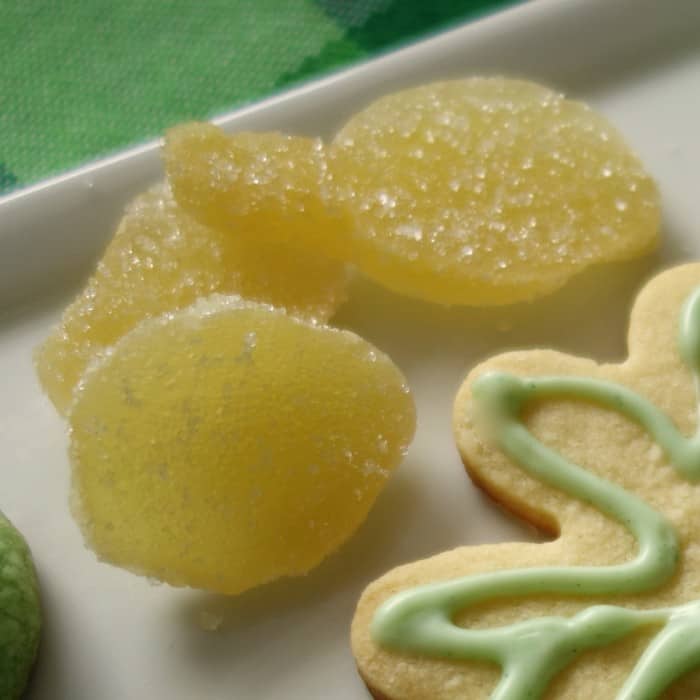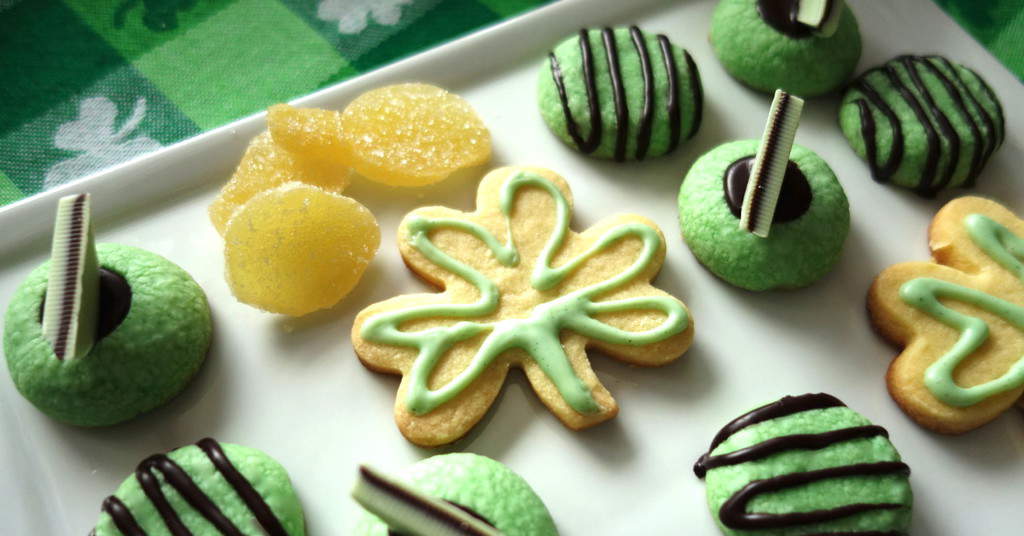Chocolate
How to use Natural Food Dyes with Chocolate
You don’t need the luck of the Irish — or any artificial colourants — for green-themed desserts this St. Patrick’s Day. This week we discovered, much to our delight, how beautifully the Brød & Taylor Folding Proofer can create shamrock-hued sweets using natural food dyes. Experimenting with natural colours was a breeze, and that’s no Blarney! We simply melted white chocolate in small porcelain dishes, then mixed in a variety of chemical-free colourants for desserts that were “green” in every sense of the word. Which alternative food colour was the best? We put our leprechauns to work in our test kitchen to find out.
Liquid Dyes
Off-the-shelf liquid colourants, like the natural dyes made by India Tree, are great for baking; indeed, India Tree worked well for our cookie dough. India Tree is made from concentrated vegetable colourants; it contains no corn syrup or synthetic dyes. Simply mixing the blue and yellow colours in different quantities allows you to create many shades of green.
Powdered Natural Food Dyes Work for Chocolate
Unfortunately, liquid food colour can cause chocolate to seize and become lumpy. So while we recommend it for dough, we don’t for chocolate. Powdered colourants are the way to go. We got creative and tried spirulina powder, wheat grass powder, matcha green tea, a superfood green powder supplement blend, kelp granules (ground to powder in a flax mill), and seven other teas and dried greens.
As we worked, we were reminded again how beautifully the Folding Proofer holds melted chocolate at the ideal working temperature – no seizing, scorching, or turning muddy. As we tested each dish, the Proofer held the other dishes at the ideal temperature (about 87F/31C for white chocolate), allowing plenty of time to play with colour and flavour.
For colour, the clear winner was matcha green tea powder. However, green tea contains caffeine – something you may want to consider, particularly if children will be enjoying the treats. Our second preference was wheatgrass powder; it blended well with white chocolate and resulted in a mild taste. Spirulina powder was also mild in flavour, but the colour resulted in more of a blue-green colour than what we wanted for our St. Patrick’s Day desserts.
For each, we started with just a small pinch of the colourants and then added more to develop deeper colour intensity. As you increase the amount of colourant, keep in mind that the flavour of your chocolate also deepens in taste. This type of experimentation would have been nearly impossible without the accurate temperature control of the Folding Proofer. To the experimental dessert-maker, the Proofer is worth its weight in gold!
Have any colourants you’d recommend? We’d love to hear from you!







 Select Country
Select Country











